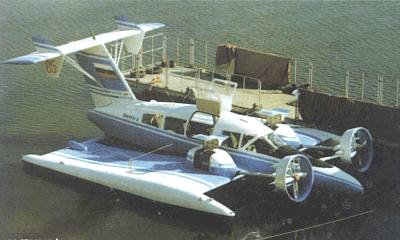Antonov An-72
The An-72 was designed as a replacement for the An-26 tactical transport for the Soviet air force, but variants are in use as commercial freighters.
The first of five flying An-72 prototypes flew for the first time on August 31 1977, although it was not until much later in December 1985 that the first of eight extensively revised preproduction An-72s flew. Included in this pre series batch were two An-74s, differing from the An-72s in their ability to operate in harsh weather conditions in polar regions. Production of the An-72/74 family continues.
Versions of the An-72/74 family (NATO codename `Coaler') include the An-72 base model with extended wings and fuselage compared to the prototypes, the An-72S VIP transport and An-72P maritime patrol aircraft.
Versions of the An-74 include the An-74A, the base An-74 model featuring the enlarged nose radome, the An-74T freighter, the An-74TK, 74TK100 and 74TK200 convertible passenger/freighter models, and the An-74P200D VIP transport.
The most significant design feature of the An-72 and An-74 is the use of the Coanda effect to improve STOL performance, which utilises engine exhaust gases blown over the wing's upper surface to boost lift. Other features include multi slotted flaps, rear loading ramp and multi unit landing gear capable of operations from unprepared strips.








